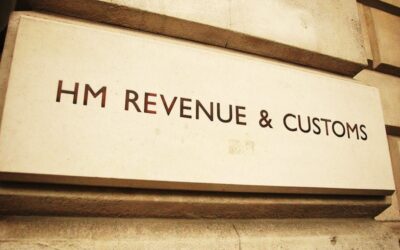An analysis of HMRC’s latest Tax Gap estimates by TaxWatch has found that the amount of tax lost to fraud in 2020 was at least £15.2bn.
The figures produced by TaxWatch are based on an evaluation of HMRC’s analysis of taxpayer behaviours underlying their annual estimate of non-compliance with the tax system.
HMRC attribute all non-compliance to eight behavioural categories: criminal attacks; evasion; hidden economy; avoidance; legal interpretation; non-payment; failure to take reasonable care; and error.
In their paper, The Tax Fraud Gap, published today, TaxWatch proposes an alternative categorisation of non-compliance based on the three behavioural categories defined in law: fraud, negligence, and honesty (which includes honest mistakes).
This categorisation would bring the figures presented by HMRC in line with the DWP’s categorisation of overpayments in the benefits system, which are simply categorised as arising from “fraud, official error, or claimant error”.
TaxWatch’s analysis of the definitions underlying HMRC’s behaviours finds that several arise from from fraudulent behaviour, specifically “Criminal Attacks – £5.2bn”, “Evasion – £5.5bn”, “Hidden Economy – £3bn” and “Avoidance – £1.5bn”. Taken together, these behaviours account for £15.2bn in tax losses, 43% of the entire Tax Gap.
Avoidance is included given HMRC’s particular definition of avoidance, which excludes tax planning and is limited to non-compliance arising from tax schemes that attempt to “exploit” the tax system through “contrived or artificial” transactions that have no commercial purpose other than to gain a tax advantage. This can be characterised as dishonest, or fraudulent behaviour on the part of professional advisors that design and market the schemes.
TaxWatch’s analysis also finds that some categories defined by HMRC will include a mix of both honest and fraudulent behaviour. In particular, the second largest category in the Tax Gap – Legal Interpretation (£5.8bn) – can include disputes that arise from either honest or fraudulent interpretations of tax law.
In addition, some forms of tax fraud, such as fraud in relation to profit shifting by multinational companies (Base Erosion and Profit Shifting, or BEPS) appear not to be included in HMRC’s Tax Gap, and fraud in relation to Covid-support schemes is not included at all.
This means that in reality, the amount of tax lost to fraud will be significantly more than the £15.2bn identified by TaxWatch and an estimate of at least £20bn would not be unreasonable.
Commenting on the figures, TaxWatch Executive Director George Turner said:
“HMRC’s presentation of their Tax Gap significantly underplays the amount of tax lost to tax fraud. Our analysis, which puts the tax lost to fraud at least £15bn, demonstrates that fraud is a significant problem in the UK and a much larger problem than many previously understood.
“HMRC regard the Tax Gap as an important part of their accountability to the public and Parliament. It is therefore vital that HMRC presents their analysis in terms that are understood by ordinary decent people.
“Presenting the tax gap as arising from either honest, fraudulent or negligent behaviour would significantly improve public understanding of tax non-compliance.”
The full report can be found as a web page here, and as a PDF here.
This research featured in Public Finance and The Guardian among others.



